BRISBANE, Australia: A team of biomedical researchers at the University of Queensland in Brisbane have undertaken a groundbreaking study that demonstrates the unique capacity of 3D printing to generate scaffolds that can be placed along damaged or degraded sections of the alveolar ridge to promote bone regeneration and subsequent dental implantation. As described in the study, this cutting-edge process marks a significant step forwards in integrating additive manufacturing technologies into clinical practice and stands to transform the practice of dentistry.
The breakthrough technique, which employs a patient-specific, resorbable polycaprolactone (PCL) scaffold, has demonstrated significant bone growth and implant stability in clinical trials. The first-of-its-kind study details a case in which a 46-year-old patient underwent staged alveolar ridge augmentation using a 3D-printed PCL scaffold to restore the alveolar defect and allow replacement of his maxillary right central incisor with a dental implant. The scaffold was loaded with autogenous and xenogeneic bone and covered with a resorbable collagen membrane. Over six months, the new bone more than filled the volume of the bone defect, sufficient to support a dental implant, and the implant achieved good primary stability.
“The bone scaffolds are custom designed for the patient, effectively regenerate jaw bone and are completely resorbable, so there is no need for additional surgery to remove them,” according to lead author Prof. Sašo Ivanovski, head of the university’s School of Dentistry, in a university press release.
What these findings mean for dentistry
This approach modifies guided bone regeneration to address the limitations of resorbable membranes, which lack stability for regeneration of vertical or complex defects. Titanium-reinforced PTFE membranes and off-the-shelf titanium meshes offer structural support but require precise intra-operative shaping, and their removal may need extended surgical procedures and larger mucoperiosteal flaps.
Custom titanium meshes improve adaptation, but still necessitate second-stage removal and carry a high risk of postoperative wound dehiscence. In contrast, 3D-printed PCL scaffolds offer a tailored, less invasive alternative that is biocompatible and gradually resorbs over time, eliminating the need for removal surgery.
The study also found that the scaffold effectively stabilised the bone grafting particles and encouraged natural bone regeneration. Histological analysis revealed continuous new bone formation and successful integration with the surrounding tissue.
Postoperative recovery was remarkably smooth, and the patient reported minimal pain and no complications. Since this initial success, a further nine patients have been treated in this manner with PCL scaffolds printed at the university.
The future of 3D-printed bone regeneration
The researchers believe that this scaffold-guided bone regeneration technique could soon be widely adopted in clinical dentistry and maxillofacial surgery, addressing complex bone defects beyond dental applications.
With ongoing trials and improvements in biodegradable materials and 3D-printing precision, the technology is poised to redefine how dentists and surgeons approach jaw reconstruction. As lead biomedical engineer Dr Reuben Staples put it, ““There is still more to be done in this field, but it’s exciting to see this success.”
The study, titled “Alveolar bone regeneration using a 3D-printed patient-specific resorbable scaffold for dental implant placement: A case report”, was published in the December 2024 issue of Clinical Oral Implants Research.
Topics:
Tags:
AMSTERDAM, Netherlands: Additive manufacturing is gaining traction as an alternative to milling for fabrication of ceramic restorations. However, ...
RIZE, Turkey: As the use of 3D printers in dental clinics and laboratories increases, dental teams must navigate the various additive manufacturing ...
GLASGOW, Scotland: New biocompatible materials for 3D printing and milling that employ the unique Remora anti-biofilm technology have gained clearance from ...
I was previously a dental technician and 3D expert at Fibonacci Dental Studio, a compact dental studio focused on complex cases and individual approaches in...
Live webinar
Mon. 12 January 2026
9:00 am EST (New York)
Prof. Judith Jones D.D.S; M.P.H., Prof. Kakuhiro Fukai D.D.S., Ph.D, Dr. Bathsheba (Bethy) Turton
Live webinar
Wed. 14 January 2026
12:00 pm EST (New York)
Dr. Théo Laplane, Dr. Robert Gottlander DDS
Live webinar
Fri. 16 January 2026
12:00 pm EST (New York)
Live webinar
Mon. 19 January 2026
1:00 pm EST (New York)
Philipp Kopp, Michael Seeber
Live webinar
Thu. 22 January 2026
2:00 pm EST (New York)
Dr. Nicola M. Grande DDS, PhD
Live webinar
Wed. 28 January 2026
8:00 am EST (New York)
Live webinar
Wed. 28 January 2026
11:00 am EST (New York)
Prof. Dr. Jan-Frederik Güth



 Austria / Österreich
Austria / Österreich
 Bosnia and Herzegovina / Босна и Херцеговина
Bosnia and Herzegovina / Босна и Херцеговина
 Bulgaria / България
Bulgaria / България
 Croatia / Hrvatska
Croatia / Hrvatska
 Czech Republic & Slovakia / Česká republika & Slovensko
Czech Republic & Slovakia / Česká republika & Slovensko
 France / France
France / France
 Germany / Deutschland
Germany / Deutschland
 Greece / ΕΛΛΑΔΑ
Greece / ΕΛΛΑΔΑ
 Hungary / Hungary
Hungary / Hungary
 Italy / Italia
Italy / Italia
 Netherlands / Nederland
Netherlands / Nederland
 Nordic / Nordic
Nordic / Nordic
 Poland / Polska
Poland / Polska
 Portugal / Portugal
Portugal / Portugal
 Romania & Moldova / România & Moldova
Romania & Moldova / România & Moldova
 Slovenia / Slovenija
Slovenia / Slovenija
 Serbia & Montenegro / Србија и Црна Гора
Serbia & Montenegro / Србија и Црна Гора
 Spain / España
Spain / España
 Switzerland / Schweiz
Switzerland / Schweiz
 Turkey / Türkiye
Turkey / Türkiye
 UK & Ireland / UK & Ireland
UK & Ireland / UK & Ireland
 Brazil / Brasil
Brazil / Brasil
 Canada / Canada
Canada / Canada
 Latin America / Latinoamérica
Latin America / Latinoamérica
 USA / USA
USA / USA
 China / 中国
China / 中国
 India / भारत गणराज्य
India / भारत गणराज्य
 Pakistan / Pākistān
Pakistan / Pākistān
 Vietnam / Việt Nam
Vietnam / Việt Nam
 ASEAN / ASEAN
ASEAN / ASEAN
 Israel / מְדִינַת יִשְׂרָאֵל
Israel / מְדִינַת יִשְׂרָאֵל
 Algeria, Morocco & Tunisia / الجزائر والمغرب وتونس
Algeria, Morocco & Tunisia / الجزائر والمغرب وتونس
 Middle East / Middle East
Middle East / Middle East











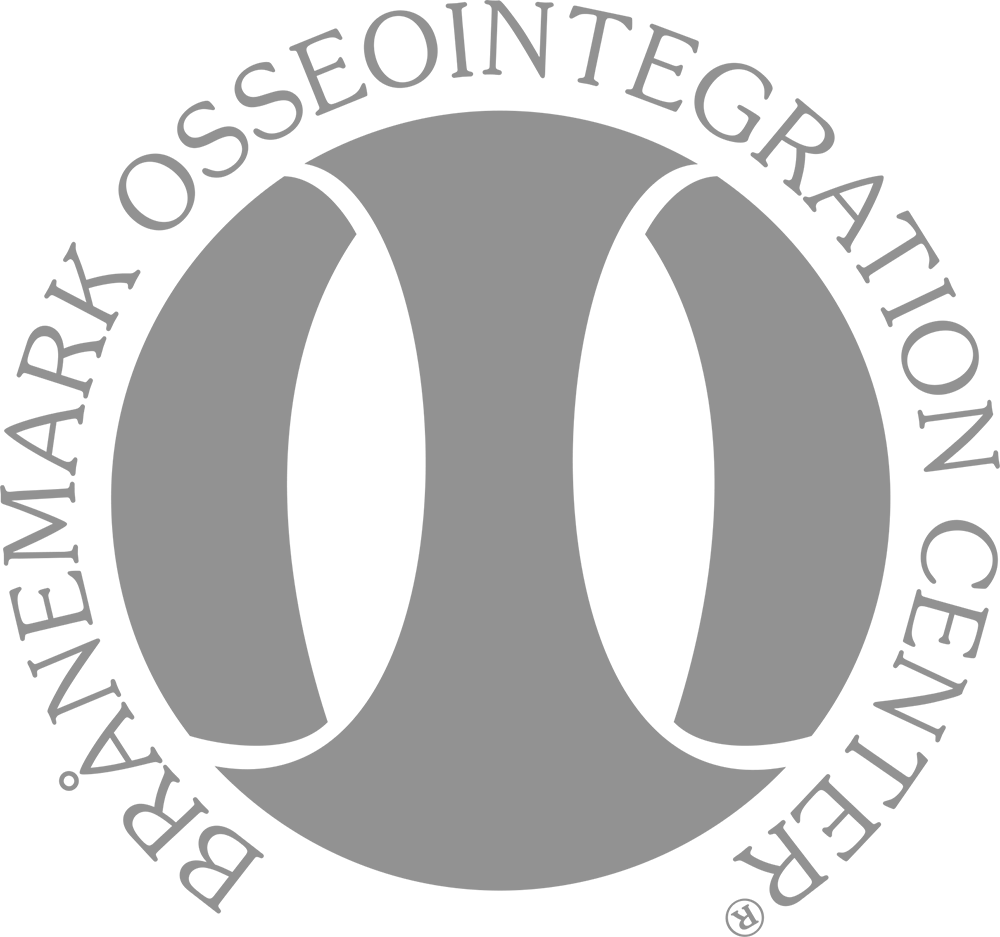
















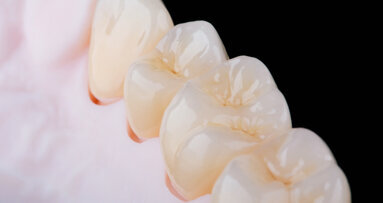
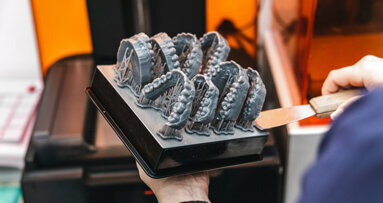

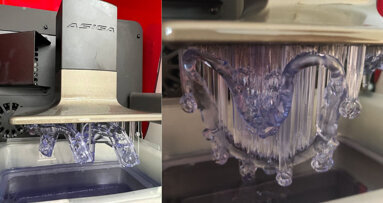
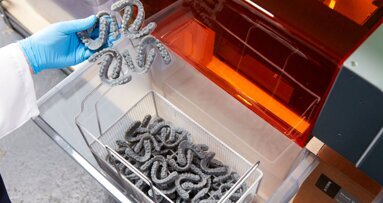









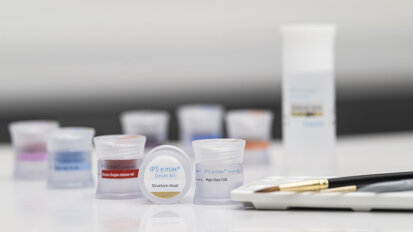
To post a reply please login or register